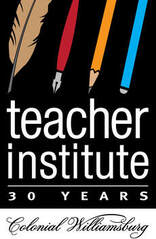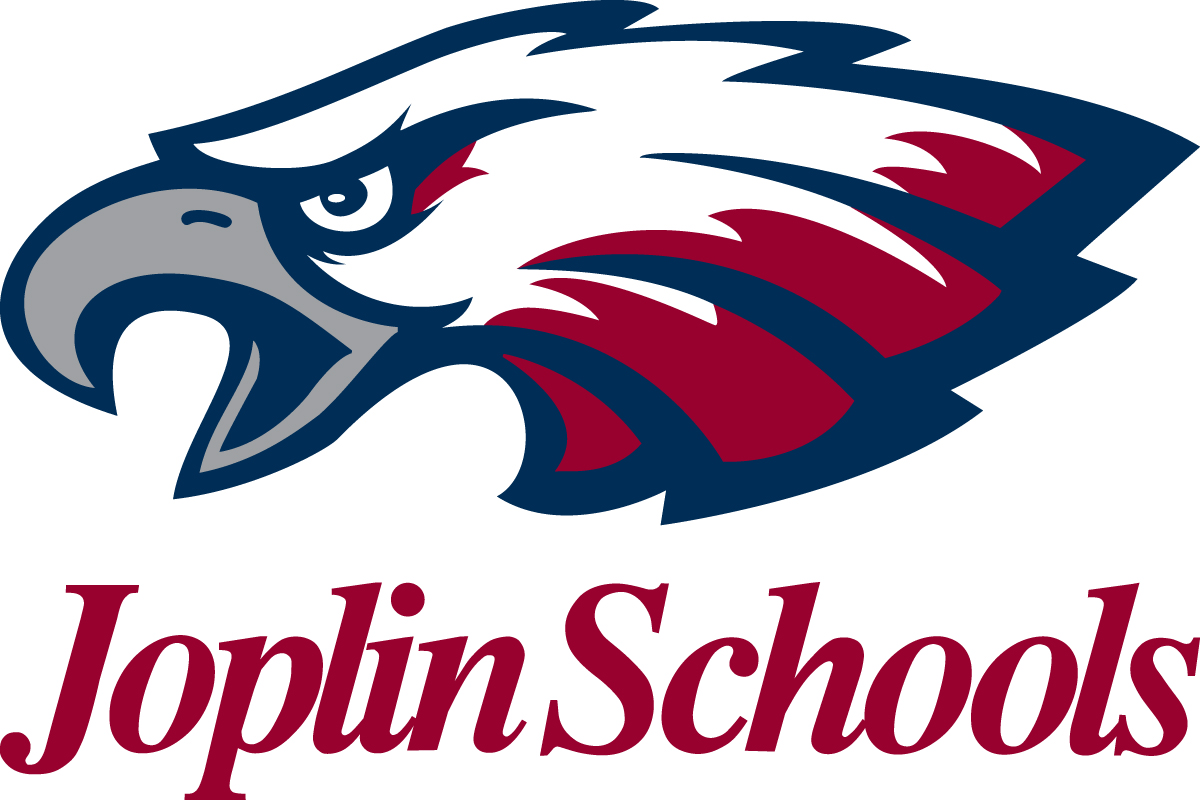| Economy is usually boring to me, but when you consider how folks made their livings (and living is the appropriate word) in the 18th century, you have to appreciate the physical stamina and skills it must have taken. Material culture can tell us so much about life in Williamsburg during those years of colonial life before, during, and after the American Revolution. Will the teachers attending the teacher institute also get to participate in demonstrated trades? If so, there could be some perspiring on Day Four. |
Day 4: The Mercantile System
Supporting Questions:
• What role did Virginia and other North American colonies play in the global economy?
• What was the importance of agriculture in colonial Virginia and how did it influence the institution of slavery?
• How was the eighteenth-century economic system similar to and different from todays?
7:00 a.m. Breakfast, drop-in Williamsburg Woodlands
8:00 a.m. Travel by Bus to Classroom
8:15 a.m. The Global Economy Lodge Conference Center
In the eighteenth century, trade goods, including raw materials from the colonies and finished goods from Great Britain, moved around the world creating an interconnected global economy. Explore how this economic system of mercantilism contributed to the American Revolution.
9:00 a.m. Break and Walk
9:30 a.m. Eighteenth-Century Agriculture Prentis Farm Site
Tobacco was the lifeblood of Virginia’s colonial economy. Investigate how this 13-month crop was grown, processed, and transported. Learn about the agricultural economy in eighteenth-century Virginia and explore the differences between a farm and a plantation.
• Explain the importance of tobacco to the colonial economy.
• Describe the role of enslaved labor in tobacco production.
• Compare a middling plantation to large-scale plantations.
• Describe the agricultural economy.
10:30 a.m. Break and Walk
11:00 a.m. History Mystery
Use objects and other primary sources to determine how this site was originally used, who may have been here, how it connected to the larger Williamsburg and Virginia communities, and how its economy could be affected by the American Revolution.
12:00 p.m. Voucher Lunch and Self-Guided Exploration Historic Area
2:00 p.m. Trades Tour Experience Start at Carpenter’s Yard
Explore the global mercantile economy with the help of tradespeople who are well-acquainted with its intricacies. Discover how connections in the community and across the globe impacted the supply and demand of goods and services. How was business transacted in the eighteenth century? How did the events of the Revolution influence these practices?
3:30 p.m. Teacher Collaboration Lodge Conference Center
You know your students best! Work with other teachers to identify ways to use the Institute materials, content, and strategies in your classroom.
4:15 p.m. Introduction to Rights and Controversies Lodge Conference Center
John Adams once estimated that on the eve of American Revolution one third of people were patriots, one third were loyalists, and one third were undecided. As war broke out in the north, Virginians had to decide whether to declare their independence from Great Britain or remain colonial subjects of the British Empire. Take on the role of an eighteenth-century Virginian, discuss your stance on independence with like-minded individuals, and prepare for open debate on the floor of the House of Burgesses.
5:15 p.m. Dinner on Own








































